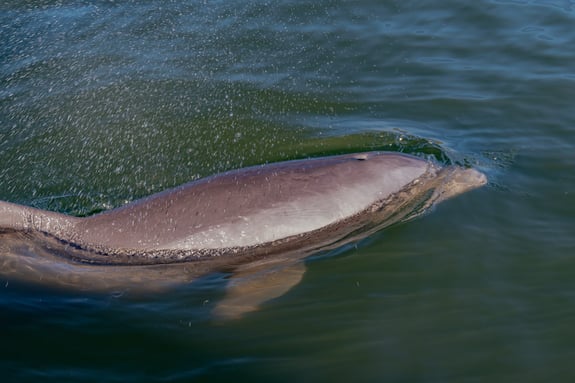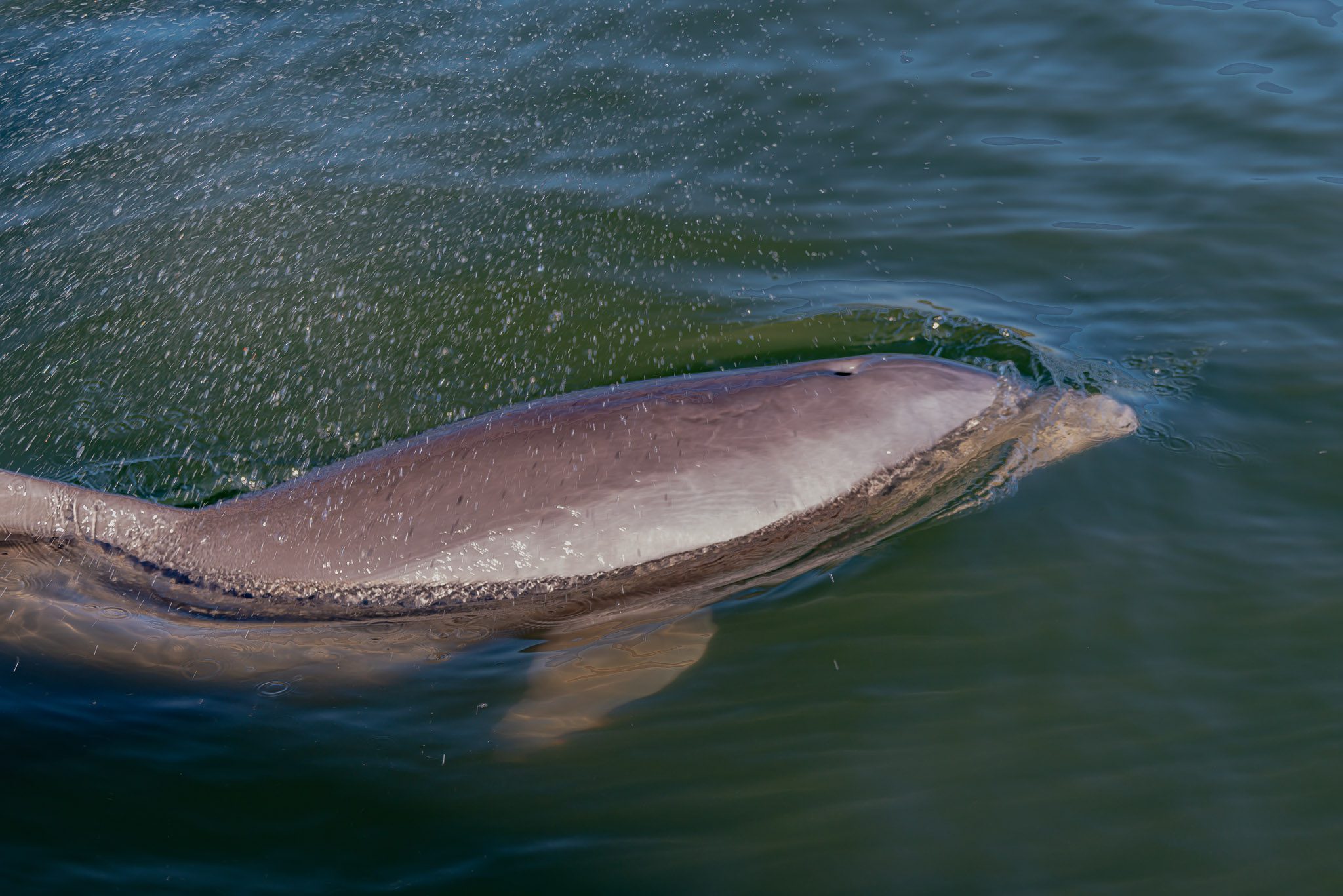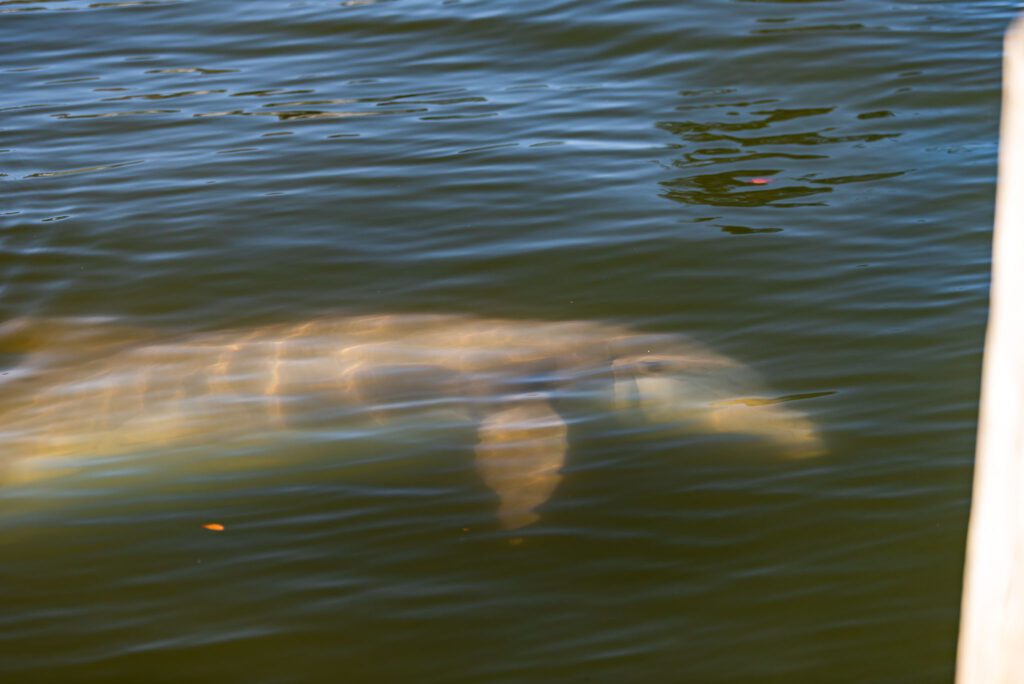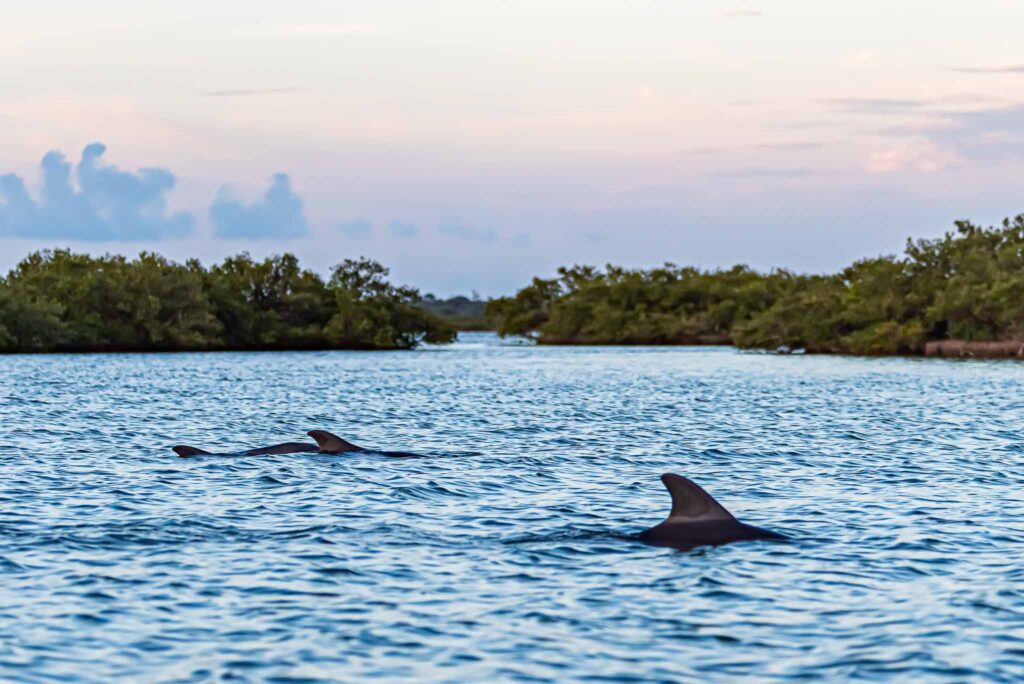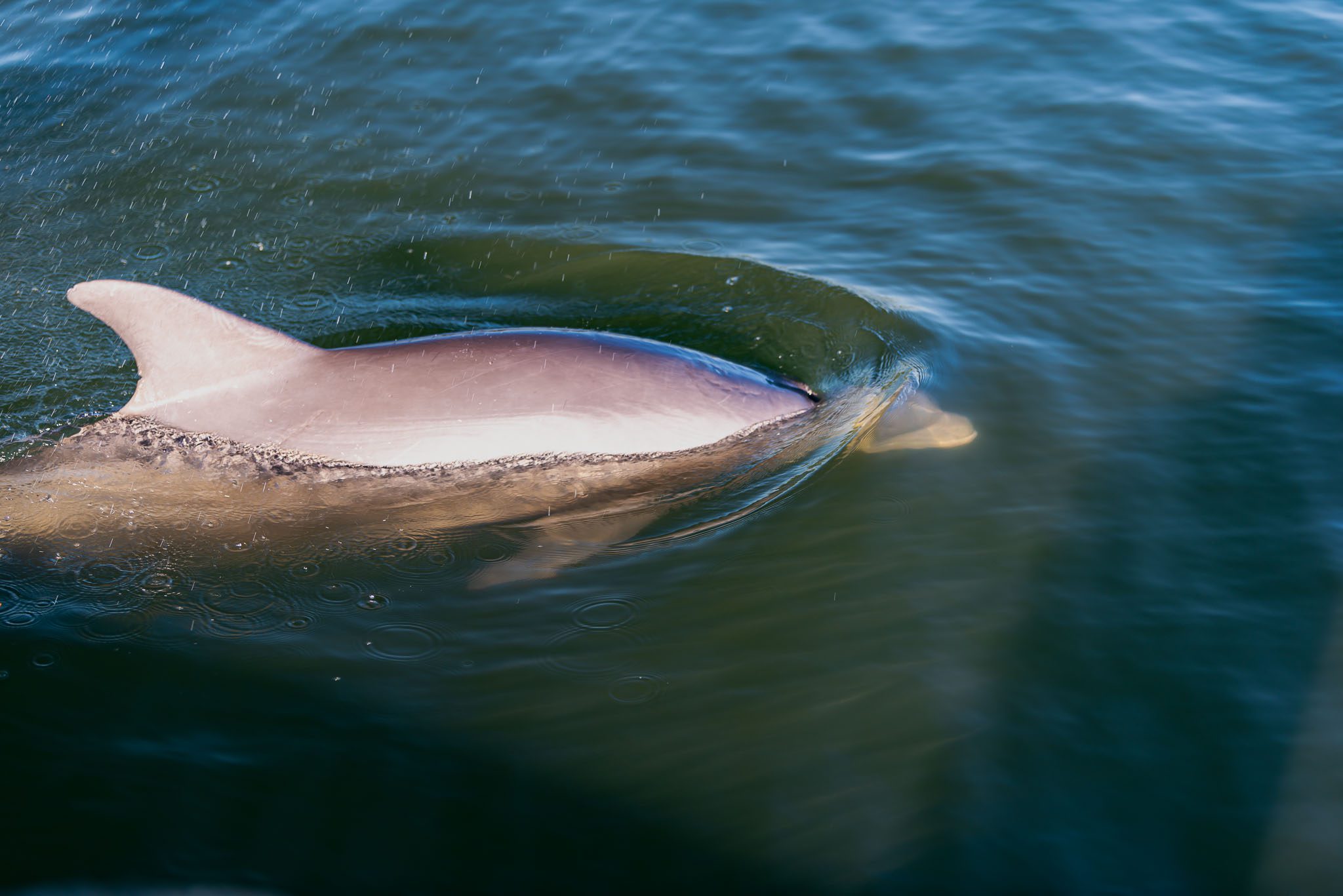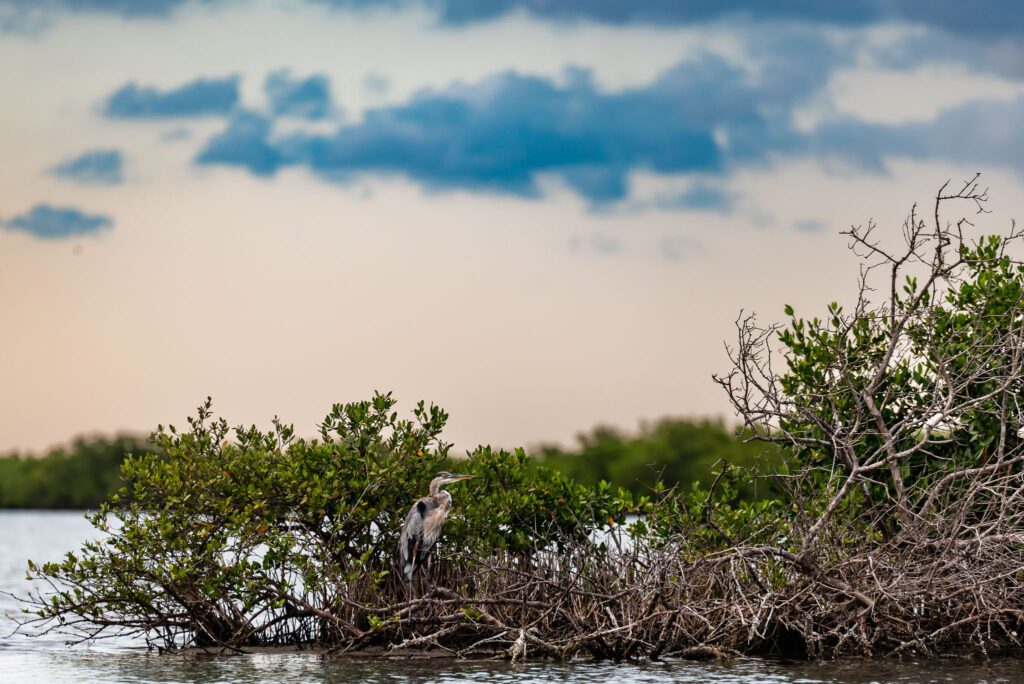Discover the Playful Dolphins in Florida's Oceans and Bays
Learn About Bottlenose Dolphins
The Atlantic Bottlenose Dolphin (Tursiops truncatus) is a charismatic and intelligent marine mammal found along the coastlines of Florida and throughout the Atlantic Ocean. Known for their playful behavior and incredible acrobatics, these dolphins are a favorite among wildlife enthusiasts and beachgoers alike.
In this article, we will explore the physiology, life history, ecology, diet, habitat requirements, and social structure of the Atlantic Bottlenose Dolphin, as well as the best locations for dolphin observation and ongoing conservation efforts.
Table of Contents
Physiology & Life History
Atlantic Bottlenose Dolphins are sleek, powerful swimmers that can reach lengths of 8-12 feet and weigh 300 to 1,400 pounds. They have a streamlined body, a dorsal fin for stability, and a long snout filled with sharp, conical teeth. Their skin is smooth and rubbery, with a gray coloration that fades to white on the belly, providing effective camouflage in their aquatic environment.
Bottlenose Dolphins have a lifespan of up to 40 years in the wild, with females generally living longer than males. They reach sexual maturity between 5-12 years of age, and the gestation period lasts approximately 12 months. Females give birth to a single calf, which they nurse for up to 18 months. Calves remain with their mothers for several years, learning essential survival skills and social behaviors.
What Do Dolphins Eat?
Ecology & Diet
Bottlenose Dolphins are opportunistic feeders with a diet that primarily consists of fish, squid, and crustaceans. They employ a variety of hunting strategies, such as cooperative herding, echolocation, and even strand feeding, where they temporarily beach themselves to catch fish in shallow water.
As top predators in their ecosystem, Atlantic Bottlenose Dolphins play a vital role in maintaining the balance of species populations and overall ocean health. They are also known to engage in cooperative hunting and problem-solving, showcasing their remarkable intelligence and adaptability.
Where Do Bottlenose Dolphins Live?
Habitat Requirements
Florida’s bottlenose dolphins are mostly found in warm, shallow waterways where food is abundant. These shallow waterways include coastal areas off the beach and inshore areas like bays, estuaries, and even some rivers. Atlantic bottlenose dolphins are adaptable and can be found in a wide range of marine environments, including open ocean, coastal waters, estuaries, and even some river systems.
Value Title i
Value Title i
Value description i
Bottlenose Dolphin Pods & Communication
Social Structure
Bottlenose Dolphins are highly social animals, forming complex social structures known as pods. Pod size can vary from just a few individuals to over 100, depending on factors such as habitat and food availability. They communicate with one another using a series of clicks, whistles, and body movements, facilitating cooperation, social bonding, and group coordination.
Tips for Responsible Dolphin Observation
When observing dolphins, it is essential to follow guidelines that ensure their safety and well-being:
Keep your distance: Do not approach, touch, or chase dolphins, as this can cause them stress and disrupt their natural behaviors.
- Observe quietly: Be respectful and minimize noise levels while observing dolphins to avoid disturbing them.
- Follow all regulations: Abide by all local, state, and federal guidelines for dolphin observation, including designated viewing areas and restricted zones.
- Use caution when boating: Obey posted speed limits and use caution in dolphin habitats to avoid accidental collisions or injuries.
Conservation Efforts
The Atlantic Bottlenose Dolphin is protected under the Marine Mammal Protection Act, which aims to prevent harassment, hunting, and habitat destruction. Ongoing conservation efforts focus on protecting their habitats, enforcing boating regulations, and raising public awareness about the importance of responsible dolphin observation.
Learn More About Bottlenose Dolphins
Conserving & Learning
The Atlantic Bottlenose Dolphin is a captivating and intelligent marine mammal that plays a crucial role in Florida’s coastal ecosystems. By learning about their physiology, life history, and habitat requirements, we can better appreciate their unique characteristics and importance in the environment.
Visiting locations such as Canaveral National Seashore, the Florida Keys, and Tampa Bay offers the opportunity to witness these playful creatures in their natural habitat. By following responsible observation guidelines and supporting conservation efforts, we can help ensure the survival and well-being of the Atlantic Bottlenose Dolphin for generations to come.


